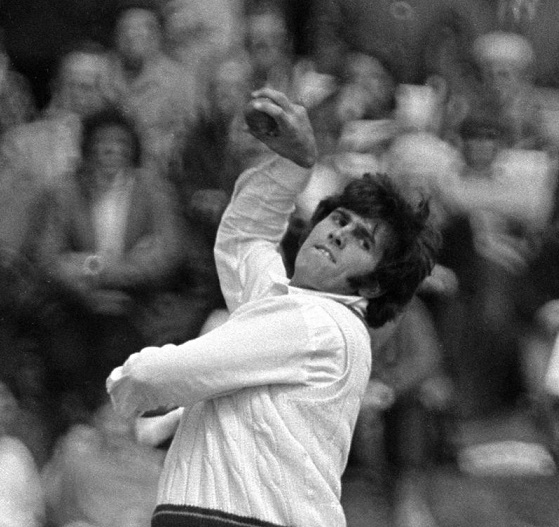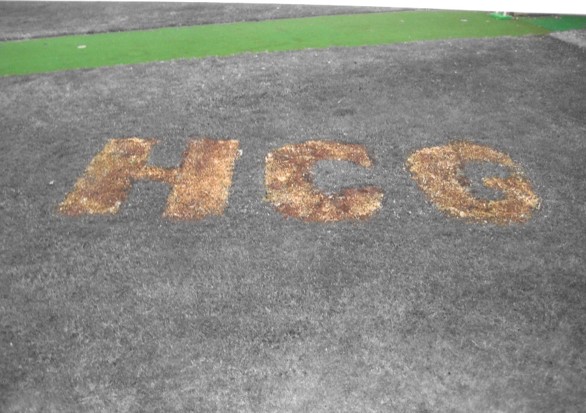
0 Followers
What’s the best way for a teenage fast bowler to work out how long their run up should be?
Partner Sponsors
Responses
Important that you’re comfortable. I walked 5, trotted 5 building up to pushing hard for the last 5. Less is not necessarily better, but preferable. Relaxed is mandatory. Start working on 15 good paces and work around that. Good luck
One way to consider is:
a) find an open safe space with no potholes.
b) Get the bowler to practice running with their eyes shut.
c) When comfortable, get them to run and bowl a ball with their eyes closed - simple instruction, run, get balance, bowl when ready. | NB actually release the ball!
d) Repeat and measure from run up start to front foot landing until consistency is found.
e) Step out walking normally. (We all have a normal gait that is very repeatable, so should be quite accurate - obviously a measuring tape is more accurate).
May take a couple of tries but it gets the bowler to trust that what they are doing as 100% natural and therefore repeatable.
I agree with Bryan Harper. That is also my recommended method for determining a run up length. For me, an "ideal" run up would have the first two thirds an acceleration phase with the last 5-6 paces at about 3/4 pace to ensure good momentum while maintaining balance. The speed of that final stage will be governed by the strength of the bowler to resist the impact at delivery without collapsing. There are different ways of starting a run-up, some like to start with small steps and hit a mark at a transition to longer strides, some like a standing start or a hop or a skip. That is a personal preference, but it needs to be repeatable and consistent.
Measure different lengths of run up.
Say something like. If currently using 12 steps.
Measure and mark 8, 10, 12, 14, 16, 18.
Bowl two balls from each. Starting from 8 to 18.
The bowler will get a feel for the different lengths and which suit them.
Play around if need be. Bowl two from 8, then 2 from 14, 2 from 0, then 18… again this will lead the bowler to feeling the best suited length.
For me experimenting in this way also has the benefit of the bowler learning which lengths don’t work. This is just as important as knowing what works.











